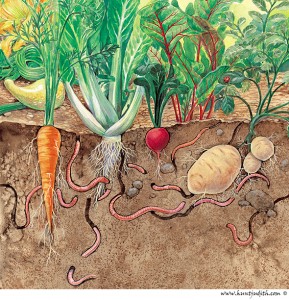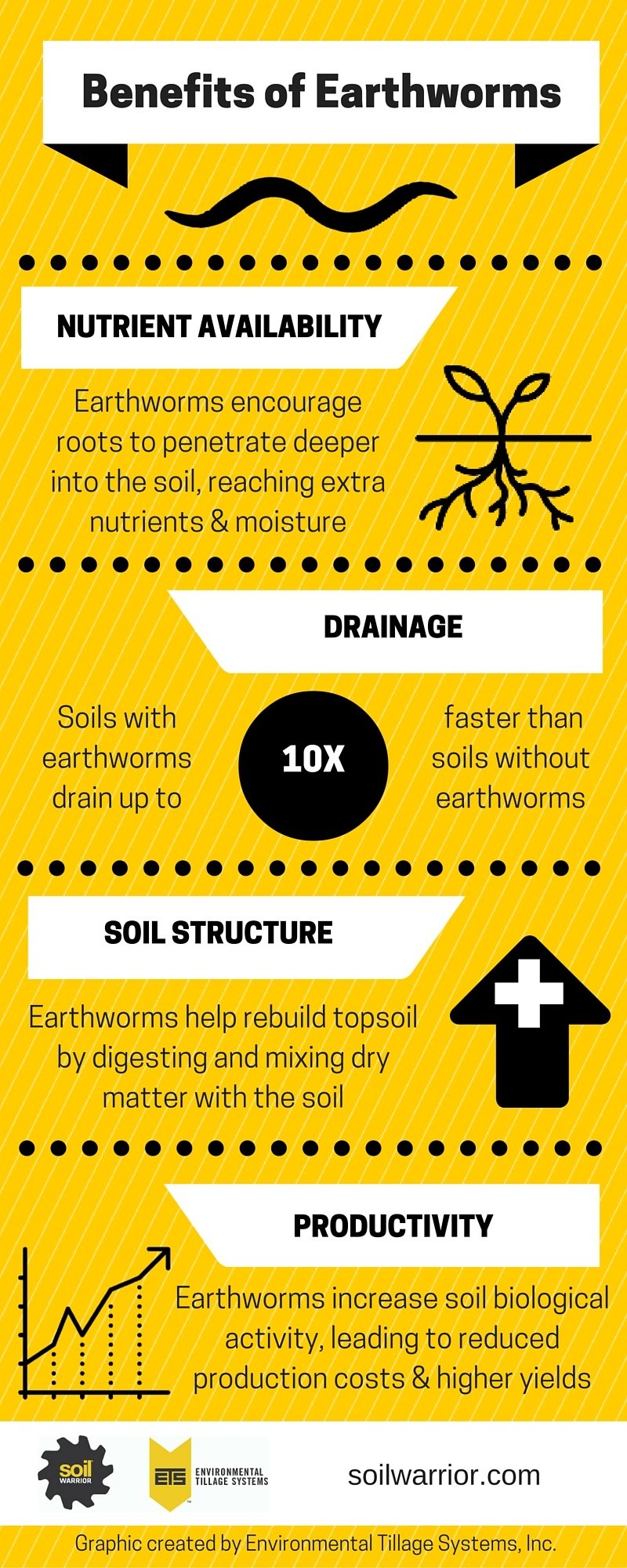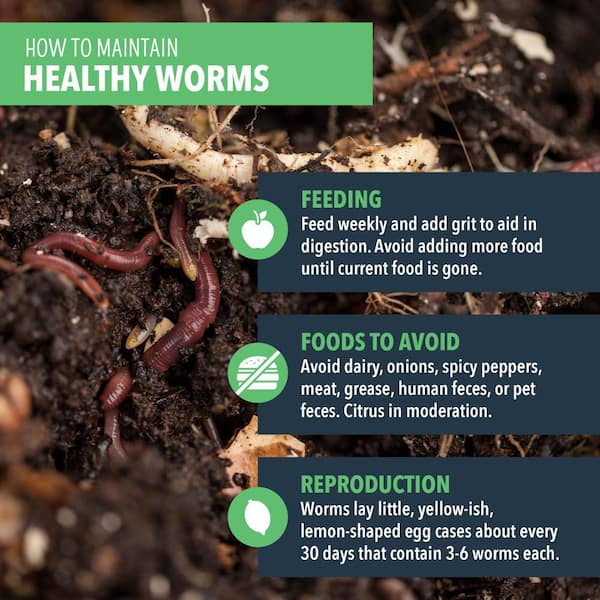North Carolina Worms for Dummies
North Carolina Worms for Dummies
Blog Article
See This Report on North Carolina Worms
Table of ContentsSome Known Facts About North Carolina Worms.Unknown Facts About North Carolina WormsThe North Carolina Worms StatementsHow North Carolina Worms can Save You Time, Stress, and Money.
Instance: 1-gallon of worm castings to 4 gallons of potting mix. Do NOT utilize a potting mix that has chemical fertilizers in it. Check out the labelit will say. 1/2 mug in the base of the planting opening for smaller sized plants. 1 cup for bigger plants. ie. tomatoes, green peppers, summer season squash, and the like.
The addition of tea can additionally add enhanced microbial biomass to your dirt. You can constantly side-dress your plants with worm castings at any moment. Simply remember, the microbes will pass away if subjected to UV rays (Sun), so be certain to cover the castings with an inch approximately of dirt.
This frustrated them for years until the screening methods came to be better. It would certainly obtain better(with more castings), degree off, and then decrease. Too lots of worm spreadings would certainly accelerate the development to a pace that the plant can not recuperate from.
The smart Trick of North Carolina Worms That Nobody is Talking About
I have stated the merits of worm castings for regarding 2000 words. Worm castings are no various. It takes time to create top quality worm spreadings.
Worm castings definitely set you back even more than chemical fertilizers. Worm spreadings are on the less expensive end of organic plant foods. (50 gallons per year) It is a much more difficult and very costly investment to generate big quantities of worm castings.

Developing a healthy dirt may be the best benefit of worm spreadings. We went over worm spreadings NPK and likewise the proper nutrient analysis that should use to worm spreadings.
North Carolina Worms Fundamentals Explained
We talked regarding some of the downsides linked with worm castings. I covered a great deal of product in this post.
The upright burrows are typically open, although the worms cap the top with residue and excrement. Origins need oxygen for their development, whereas they generate carbon dioxide that requires to leave the dirt.
Earthworms raise porosity by 2 devices: (1) by developing irreversible burrows, and (2) by boosting dirt gathering. Gathering is boosted by the blending of soil and raw material in the earthworms' intestines. North Carolina Worms. These highly stable accumulations are transferred by some earthworms in their burrows, and by others at the surface area of the soil


In an additional study, earthworms were estimated to take in 4 to 10 percent of the leading 6 inches of the dirt annually. This only goes to show the massive quantities of dirt that can be refined by earthworms. Dirt compaction reduces the porosity of the soil. Since earthworms increase porosity, they minimize the results of compaction.
A Biased View of North Carolina Worms
Normal earthworm populations can easily consume 2 lots of dry matter per acre per year, partly absorbing and blending it with soil. The importance of earthworms to blend surface area deposit with dirt comes to be extremely clear in soils that do not have any kind of earthworms. The majority of our Pennsylvania soils contend least some earthworms, and the effect of their full absence, for that reason, can not be kept in mind.
(https://www.bizmakersamerica.org/business-services/north-carolina-worms)In these soils, the formation of topsoil with reasonable raw material material did not happen, resulting in bad plant development. Once the cause was developed, the federal government of the Netherlands started a campaign to present earthworms. After the intro of the earthworms, a dark topsoil layer was created, and plant growth enhanced considerably.
They live largely from partly disintegrated natural matter that is already incorporated in the dirt. They consume their way via the dirt, producing straight burrows that they fill up with their excrement. These varieties consume huge quantities of dirt that they combine with absorbed crop deposit in their intestines. or anecic varieties stay in permanent upright burrows that can be 5 or 6 feet deep.
These types ingest significant amounts of dirt that they mix with absorbed residue in their guts. Their waste matter is mainly transferred at the surface of the soil.
Report this page